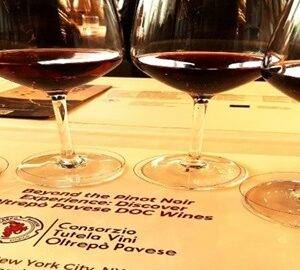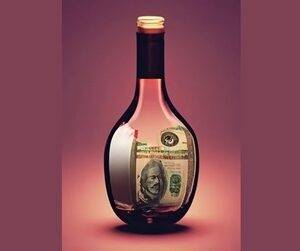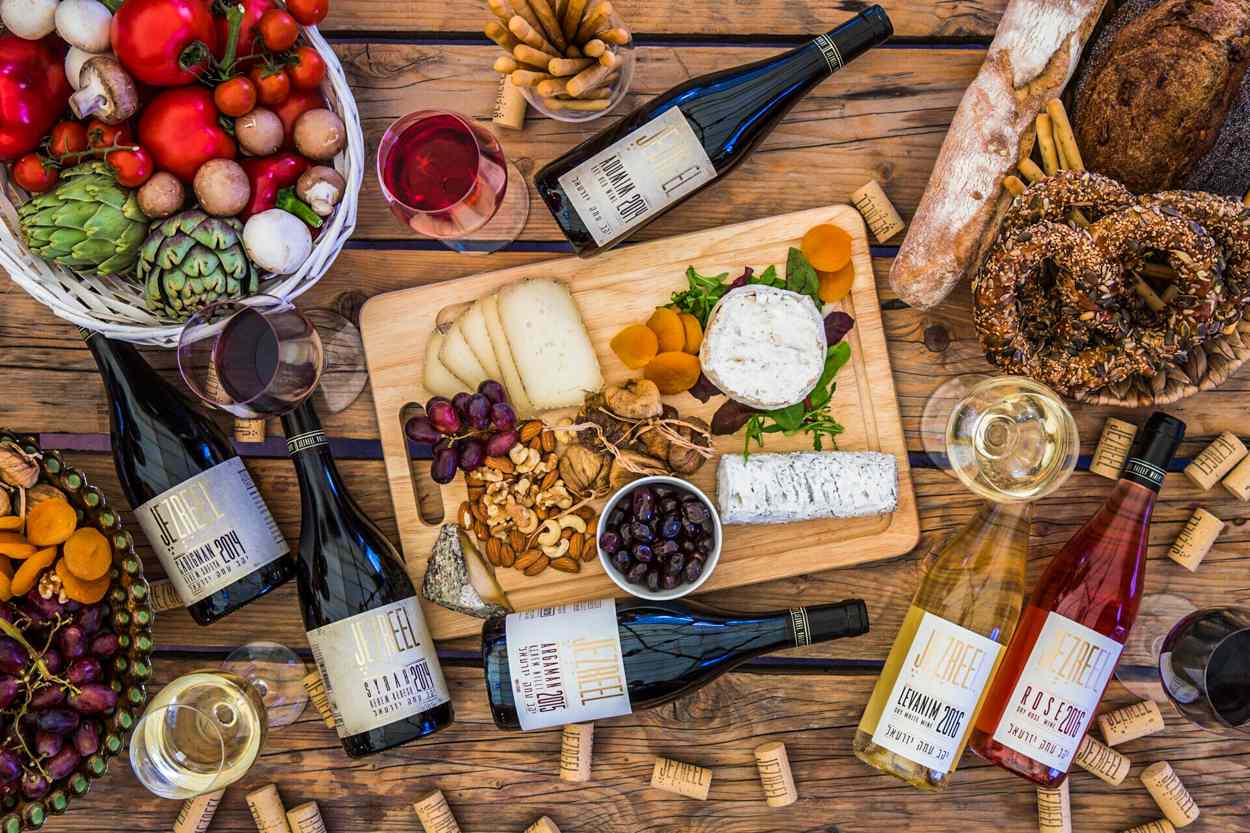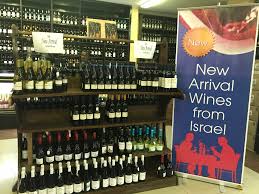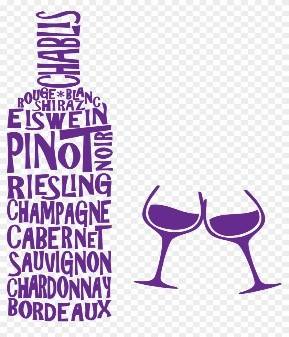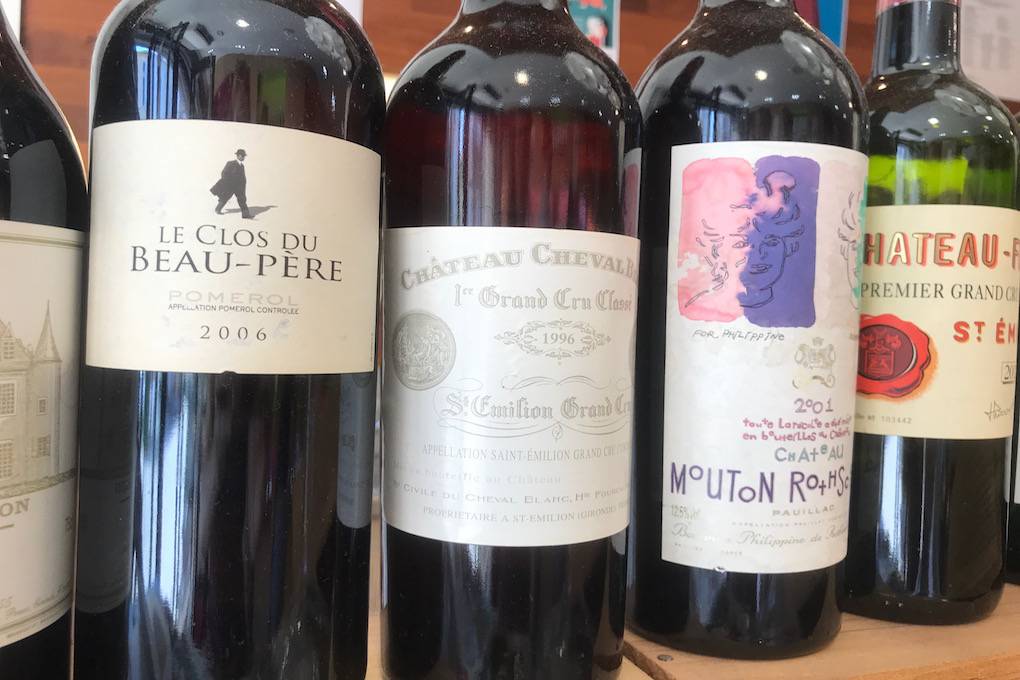Israeli Wine Industry
Despite numerous challenges, ranging from terroir to politics, the Israelis have managed to surmount these obstacles and achieve remarkable success. In a two-part series, I delve into the hurdles faced by the pioneers of the Israeli wine industry. From the very foundation of their vineyards to the intricacies of international diplomacy, these obstacles have tested their resilience and determination. However, what is truly inspiring is how they have emerged triumphant, carving out a distinct place for themselves on the global wine stage. In the first part of the series, I explore the unique terroir challenges encountered by Israeli winemakers. The diverse landscape, climatic variations, and soil composition have posed significant hurdles, demanding innovative approaches and meticulous attention to detail. Despite these complexities, the Israeli vintners have demonstrated remarkable adaptability and resourcefulness, crafting exceptional wines that reflect their distinct sense of place. The second part of the series focuses on one particular winery that has achieved extraordinary recognition on a global scale. This winery has managed to overcome the barriers that many others have faced. Through a combination of visionary leadership, unparalleled craftsmanship, and a deep understanding of consumer preferences, they have established themselves as a beacon of excellence within the Israeli wine industry. I believe this two-part series will offer valuable insights and shed light on the remarkable journey of the Israeli wine industry. It serves as a testament to the resilience and determination of these winemakers, who have not only overcome challenges but also flourished in the face of adversity. A Great Wine. It “Happens” to be Made in Israel Eran Goldwasser, Winemaker, Yatir Wine Israel’s winemaking industry has seen notable growth and recognition; however, it faces challenges when it comes to achieving global success. There are a few reasons why being good or great is not always enough to guarantee success for Israeli winemakers: Market Competition: The global wine market is highly competitive, with established wine-producing countries like France, Italy, Spain, and others dominating the industry. Israeli wines often have to compete with well-established and well-known brands from these countries, making it challenging to gain market share and recognition. https://googleads.g.doubleclick.net/pagead/ads?gdpr=0&client=ca-pub-0354349613023605&output=html&h=280&adk=3879918379&adf=345144245&pi=t.aa~a.1409630190~i.19~rp.4&w=730&abgtt=3&fwrn=4&fwrnh=100&lmt=1719294718&num_ads=1&rafmt=1&armr=3&sem=mc&pwprc=5971305482&ad_type=text_image&format=730×280&url=https%3A%2F%2Fwines.travel%2Fisraeli-wine-industry-15341%2F&fwr=0&pra=3&rh=183&rw=730&rpe=1&resp_fmts=3&wgl=1&fa=27&uach=WyJXaW5kb3dzIiwiMTAuMC4wIiwieDg2IiwiIiwiMTI2LjAuNjQ3OC42MyIsbnVsbCwwLG51bGwsIjY0IixbWyJOb3QvQSlCcmFuZCIsIjguMC4wLjAiXSxbIkNocm9taXVtIiwiMTI2LjAuNjQ3OC42MyJdLFsiR29vZ2xlIENocm9tZSIsIjEyNi4wLjY0NzguNjMiXV0sMF0.&dt=1719294711858&bpp=5&bdt=2929&idt=5&shv=r20240618&mjsv=m202406180101&ptt=9&saldr=aa&abxe=1&cookie=ID%3D3798a6fd185f8d17%3AT%3D1719293017%3ART%3D1719294710%3AS%3DALNI_MZS1-DAEf_lA-uDe3NqAKS505pkBg&gpic=UID%3D00000e62d6d1af0f%3AT%3D1719293017%3ART%3D1719294710%3AS%3DALNI_Masp7F5_FvsUUSqGy2jjU5gKb3rZA&eo_id_str=ID%3D78029d9db3d57a43%3AT%3D1719293017%3ART%3D1719294710%3AS%3DAA-AfjY5BUQw0WmT2ou9R1Jtq1AQ&prev_fmts=728×280%2C1130x280%2C0x0%2C300x600%2C730x280&nras=3&correlator=4291622215449&frm=20&pv=1&ga_vid=638153573.1719294710&ga_sid=1719294710&ga_hid=470517265&ga_fc=0&u_tz=330&u_his=6&u_h=768&u_w=1366&u_ah=728&u_aw=1366&u_cd=24&u_sd=1&dmc=4&adx=140&ady=3055&biw=1349&bih=641&scr_x=0&scr_y=637&eid=44759842%2C31084687%2C31084688%2C31084787%2C44795922%2C95329723%2C95331689%2C95331695%2C95334508%2C95334524%2C95334570%2C95334580%2C95334828%2C95335897%2C95335292%2C31078663%2C31078665%2C31078668%2C31078670&oid=2&pvsid=480535464246742&tmod=623653938&uas=3&nvt=1&fc=384&brdim=0%2C0%2C0%2C0%2C1366%2C0%2C1366%2C728%2C1366%2C641&vis=1&rsz=%7C%7Cs%7C&abl=NS&fu=128&bc=31&bz=1&td=1&tdf=0&psd=W251bGwsbnVsbCwibGFiZWxfb25seV8xIiwxXQ..&nt=1&ifi=8&uci=a!8&btvi=3&fsb=1&dtd=6255 Perception and Reputation: Despite the improving quality of Israeli wines, the perception and reputation of the country’s wine industry can still lag behind other well-known wine regions. Overcoming stereotypes and preconceived notions about the quality of Israeli wines can be a barrier to success in international markets. Limited Production and Distribution: Israel’s wine production is relatively small compared to major wine-producing countries. This limited production can make it difficult for Israeli winemakers to achieve economies of scale and reach wider distribution networks. Exporting wines to international markets can be costly and challenging due to logistical factors and regulatory requirements. Marketing and Branding: Effective marketing and branding play a crucial role in the success of any wine brand. Israeli winemakers may face difficulties in promoting their wines globally due to limited marketing budgets or the need for more sophisticated marketing strategies to build brand awareness and reach new consumers. Despite these challenges, Israeli winemakers continue to produce exceptional wines, and their efforts have started to gain recognition throughout the international wine community. By focusing on quality, innovation, strategic partnerships, and effective marketing, Israeli winemakers are working towards achieving greater success and expanding their presence in the global wine market. Historically Important Israel has a rich history of winemaking that dates back thousands of years. During the time of the Roman Empire (6-135 CE), wine from Israel was highly sought after and exported to Rome and other regions. Some key characteristics of these wines from ancient Israel include: Vintage and Dated Wines: The wines produced in ancient Israel were often vintage-dated and marked with the year of production. This practice allowed consumers to appreciate the age and maturation of the wine, a feature that was highly valued in Roman times. Winemaker’s Name: The amphorae containing the wine had the name of the winemaker inscribed on them. This demonstrated a sense of pride and craftsmanship and allowed consumers to know the origin and reputation of the wine they were enjoying. Thick and Sweet Wines: The taste preferences of the time leaned towards wines that were thick and sweet. These wines were likely produced from grapes that were harvested at a later stage of ripeness, resulting in a higher sugar content and a more viscous texture. The sweetness would have made the wines more palatable to the ancient Roman palate. Water Addition: It was common in the ancient world to dilute wines with water (i.e., warm water, salt water) before consumption. This practice was especially prevalent in Roman culture, where wines were often mixed with varying amounts of water and other ingredients (i.e., herbs and spices; frequently stored in resin-coated containers creating a flavor similar to restina) to achieve a desired taste and alcohol level. The historical significance of Israeli wines during the time of the Roman Empire showcases the country’s long-standing winemaking traditions and expertise. However, as mentioned earlier, even with a strong historical foundation and excellent wines, success in the modern global wine market requires overcoming various challenges related to competition, perception, marketing, and distribution. Nevertheless, the heritage and knowledge passed down through generations of winemakers in Israel continue to be a valuable asset to the country’s wine industry. Ingenuity In addition to centuries of experience, there are other factors that produce great wines – and Israel has them all: Grape Varieties: Israeli wines often feature classic French and Italian grape varieties, similar to those found in other New World wine-producing countries. While there are few wines made from local indigenous grapes, the focus tends to be on internationally recognized varieties. This allows winemakers to leverage the characteristics and qualities associated with these grape varieties, which have been refined and perfected over centuries of winemaking. Mediterranean Climatic Conditions: Israel’s climate is characterized by hot, humid summers and wet winters, which are ideal for grape cultivation. These standard Mediterranean climatic conditions contribute to the development of grapes with concentrated flavors

